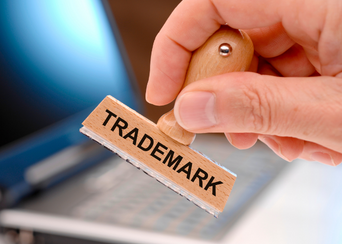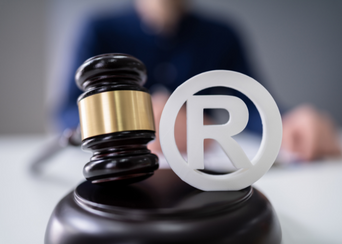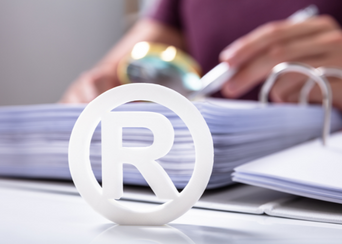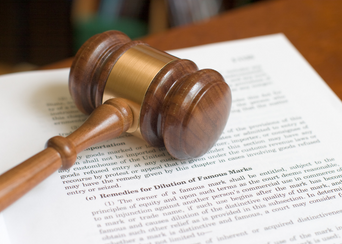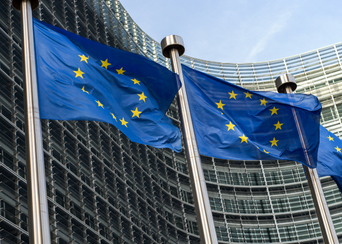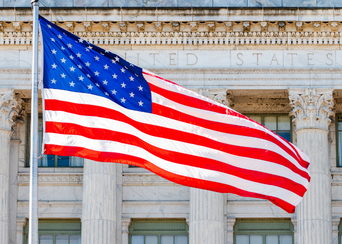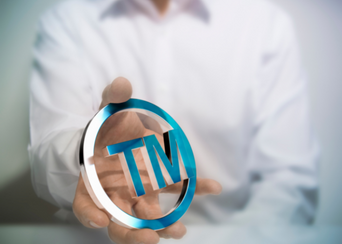It is easy for someone to steal business away from you or to ruin your reputation by misrepresenting a domain name associated with your business. With the cost of registration and basic web hosting being fairly cheap, anyone can register a domain name resembling yours. Most registration services are automated and as long as the exact name is not already recorded almost any domain name gets approved.
Cybersquatters can coerce you to buy the domain at a premium price to protect your brands’ reputation. Some cybersquatters make phishing sites using such domains to mislead the customers.
Main types of Cybersquatting
1. Top-level domains exploitation
Top-level domains (TLDs) are the last part of a domain name like .com, .ca, .tech, .org, and more. There are more than 2,000 TLDs available in the market. Although big corporations keep a large portfolio of such domains, it’s not feasible for small and medium-sized businesses to buy the domain names containing their brand name in all the TLD variants. Cybersquatters exploit this situation and buy matching domain names of original brands with different TLDs.
2. Look-Alike Domain Cybersquatting
Cybersquatters buy similar-looking domain names by adding special characters, numbers, or common words in it, e.g. Amazon-site.com, Amazonshopping.com, Amazon-official.com
3. Expiration Date Exploitation
If the domain owner fails to renew the domain name cybersquatters can exploit this opportunity and register the domain in their names. This scenario especially affects startups and small companies.
How to Prevent Cybersquatting
There are different ways how you can protect yourself if you have become a victim of cybersquatting:
- Anti-Cybersquatting Consumer Protection Act (ACPA): If the domain registrant is found guilty of cybersquatting, the court can order the forfeiture, cancellation, or transfer (to the complainant) of the domain in dispute. Note: This law is applicable in the U.S. only. If the domain registrant resides in a different country, ACPA won’t be applicable.
- World Intellectual Property Organization (WIPO): For international disputes, you can apply to WIPO Arbitration and Mediation Center to resolve internet domain name disputes, without the need for court litigation.
In both the ACPA and the Uniform Domain-Name Dispute-Resolution Policy (UDRP), the protection extends to trademark owners only. If you haven’t registered your brand name as a trademark — or worse, if someone else registers it before you — these regulations won’t be able to help you. Hence, it’s crucial to register your trademark ASAP to get protection from regulatory bodies.



